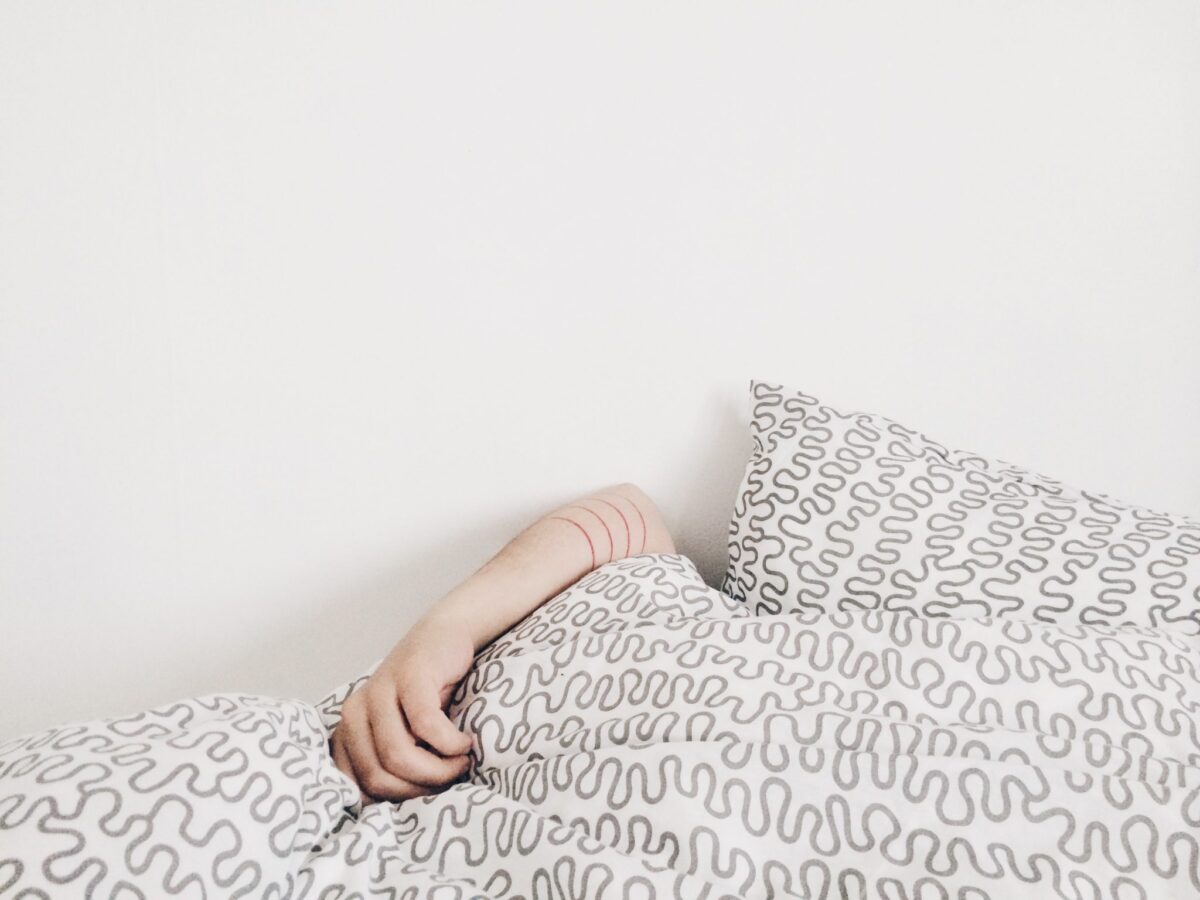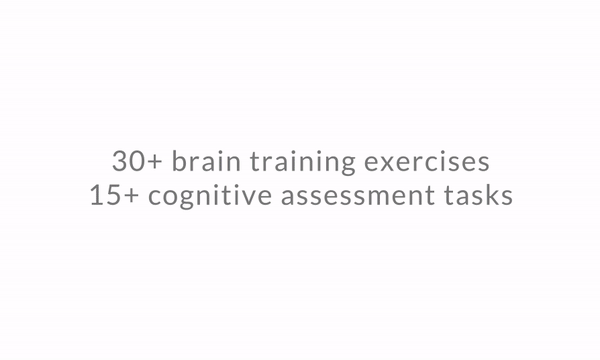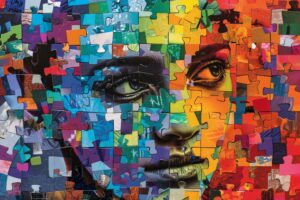
Stages of Sleep: Discover what happens when you sleep
Stages of Sleep. Everyone needs sleep and although the overall reason as to why is still a mystery, science is finding out more and more daily about the phenomena that teenagers love and adults don’t get enough of. Did you know that newborns spend 80% of their time sleeping in a stage that adults only spend 20-30% in? What are the stages of sleep? What is the difference between REM sleep and non-REM sleep? Why do we sleep in stages and in which stage do we dream? What happens to the brain and the body throughout the stages of sleep? What are some tips to get a better night’s rest?
Stages of sleep
As we sleep, we go through different stages of sleep- 1, 2, 3, 4, and REM sleep. Our bodies start at Stage 1 and then progress until they reach REM- a process that takes between 90 and 110 minutes. Then, the process starts all over again until the person wakes up. When we wake up groggy to our alarm, a phenomenon known as sleep inertia, it’s because we were awoken from a deep sleep in Stage 3, Stage 4, or our REM stages of sleep.
The stages of sleep were first discovered in the 1930s when a scientist, Loomis, and his teammates began to do overnight electroencephalography (EEG) recordings of people sleeping. In the late 1960s, it became possible to be able to identify and specify reliably each sleep stage as well as their role in the sleeping process. Back when we didn’t know much about sleep and before the time of EEGs, it was believed that our brains shut down while we are asleep in order to rest and recover. However, we now know that it’s quite the opposite and our brains are incredibly active while we sleep.
What are the stages of sleep?
Each person spends a different amount of time in each sleep cycle. Infants and adults differ, too. Adults spend about 50% of their total time asleep in Stage 2, 30% in Stages 1, 3, and 4, and 20% in REM. Infants spend about 50% of their total time asleep in REM. Newborn babies spend about 80% of their time in REM sleep.
Stages of sleep: Stage 1
Stage 1 is a form of light sleep and the stage where we drift in and out of sleep and can be awakened easily. Our eyes, under our closed eyelids, move slowly and our muscles begin to have lower activity. It’s during this first stage that people can feel the sensation of falling due to muscle contractions. The point of Stage 1 is to be a transition between Stage 2 and waking up. It makes up about 3% of our total sleep time. It occurs only twice during a full night’s rest (without an alarm)- when we fall asleep and when we wake up.
Stages of sleep: Stage 2
Stage 2 is a form of light sleep and the stage where our eye movement stops completely and our brain waves slow down exponentially. However, there is the occasional rush of rapid brain waves. Our body temperatures drop a bit and our hearts slow down as the body tries to prepare itself to fall into a deeper sleep. People who are awoken during Stage 2 often claim they were awake or deny they were asleep.
Stages of sleep: Stage 3
Stage 3 is a form of sleep and is the stage of sleep when incredibly slow brain waves, known as delta waves, are scattered and combined with smaller, yet quicker, brain waves. It’s within the Stage 3 that people can go through parasomnias– wetting the bed, talking in one’s sleep, sleepwalking and night terrors. These parasomnias happen because the body is in transition between non-REM sleep and REM sleep.
Stages of sleep: Stage 4 (N3)
Stage 4 is a form of deep sleep and is the stage where the brain produces almost 100% delta waves. When awoken from Stage 4, people are groggy and disoriented for a short period of time.
In 2008, some sleep medical specialists eliminated the use of Stage 4 in their research and combined Stages 3 and 4 which are now considered to be Stage 3 or N3. Mostly due to the fact that science has been unable to show any true difference between the two stages. However, some places around the world still use the term Stage 4.
Stages of sleep: REM
REM, the fifth stage of sleep, stands for Rapid Eye Movement and occurs when our brain waves mimic and repeat the activity that happens while we are awake. Although our eyes are closed, our eyes move from side-to-side due to brain activity such as dreams.
Stages of sleep: REM vs. non-REM sleep
Our sleep cycle can be split into two categories: non-REM and REM. The non-REM stages of sleep, also known as NREM, are the stages 1-4 and are considered to be the slow wave sleep stages which happen for the first half of the night. REM sleep, the rapid eye movement stage, happens for the second half of the night. The first REM cycle happens after all the other stages of sleep have happened (about 90 minutes after falling asleep) and last roughly 10 minutes. Within a healthy sleep cycle, people will have three to five cycles of REM sleep a night- each cycle lasting longer with the final REM cycle lasting up to an hour.
REM sleep is incredibly important, as is non-REM, but was only recently discovered in 1953 when machines were developed to monitor brain activity. Before that, scientists believed that our brain activity stopped while we were sleeping- but, oh, it’s quite the opposite.

Why do we sleep in stages?
We sleep in stages because our bodies need it. All of the stages of sleep have a specific purpose for the body. Stages 1-N3 (4) are meant to have a regenerative effect on numerous processes in the body. REM sleep is necessary to process our memories from the previous day. Our brain takes all of the information we took in during the day (memories, impressions, feelings, etc.) and puts them into our long-term memory. A good night’s sleep and subsequent good sleep cycle is essential for our mental capacity. Some studies even suggest that sleep cleans up and removes toxins that built up in the brain while we were awake.
Stages of sleep: In what stage do we dream?
REM is the stage of sleep that dreams can occur. This is because it’s the stage in which the brain is most active. A French study found that everyone dreams between four to six times a night. However, not everyone remembers their dreams. If someone is woken up during their REM stage, they can remember the dream. During REM sleep, our bodies have a non-permanent muscle paralysis which helps prevent us from injuring ourselves while trying to act out our dreams while asleep. Another study found that it’s possible to dream while in the non-REM stages of sleep, but it occurs most often in the morning hours which happens to be the time with the highest occurrence of REM sleep, too.
What happens to the brain in each stage of sleep
According to Harvard Medical School, the brain is more active asleep than awake. The stage of sleep someone is in affects how active their brain and body are.
Non-REM sleep. During Stage 1, our brain waves slow down, but our brains stay connected and alert. During Stage 2, the brain waves slow down even more. During the Stage 3/N3, the brain becomes less responsive to external stimuli which is what makes it difficult to wake someone up when they are in an N3 stage. Scientists have found that during non-REM sleep, the slow brain wave activity leads to less blood flow into the prefrontal cortex- the part of the brain that is involved with social behavior, cognitive behavior, decision making, and personal expression.
REM sleep. During REM sleep, our brain becomes more active than it is while we are awake. The brain processes information from the previous day and stores it in our long-term memory- a fact backed by numerous studies. This transfer of memories from short-term to long-term memory happens due to the sharp brain wave ripples in the hippocampus (the part of the brain that forms part of our limbic system) and within the cortex (the outer layer of the cerebrum). Episodic memory that was acquired during our awake state and is stored in the hippocampus. These brain waves take the memories from the hippocampus to the cortex to be stored as long-term memory- all this while you’re blissfully asleep. The amygdala, the part of the brain in charge of emotions, also becomes increasingly active during REM sleep.

What happens to the body in the different stages of sleep
Not only does our brain change within the stages of sleep, but our bodies do, too.
During Stage 1, our heart rate and breathing begin to slow down as well as our eye movements. Our body temperature decreases slightly. Our muscles begin to relax during this stage which is why people experience sleep starts or hypnic jerks– the feeling of falling even when you’re lying down in the middle of the bed. During Stage 2, our heart rate slows down, even more, our muscles relax further (although the sleep inertia/jerky movements aren’t going to happen as often) and our eye movement stops. During Stage 3/N3, the heart rate slows down to its lowest level during the stages of sleep, as does our breathing. Our blood pressure falls, not dangerously, and our body temperatures become even lower. Our muscle activity almost decreases and our eye movement stops entirely. This is when sleepwalking and sleeptalking happen. During the Rapid Eye Movement (REM) stage, our eyes, of course, move rapidly back and forth. The heart rate and blood pressure begin to increase slightly (especially compared to Stage 1). However, our body temperature falls to the lowest point during sleep. Our breathing turns into fast and shallow. The muscles in our arms and legs are so deeply relaxed that the body becomes almost unable to move.

Stages of sleep: Tips to get a better night’s rest
- When taking a nap because you’re tired, try to nap for only 15-20 minutes-even just 5 minutes can be beneficial- because the further along you are in the stages of sleep and their cycle, the harder it is to wake up. However, taking a 90-minute nap (the equivalent of a full sleep cycle) has been scientifically proven to help you retain things you just learned (one study says by 5 times more!). People who take 10-minute naps while on the night shift have been discovered to wake up better, be more alert, and have an easier time to stay awake than someone who takes a 30-minute nap.
- Try not to nap after 3 PM and make sure that the naps are short.
- Try going to bed and waking up at the same time daily. That way, your body (and its sleep cycles) become used to its schedule and can wake up easier in the mornings as well as fall asleep easier at night.
- Avoid caffeine –some types of caffeine can take up to eight hours to wear off according to Harvard Health.
- If you can’t fall asleep within 20 minutes of going to bed, get up to find something relaxing to do until you feel sleepy again.
- Try reading. Not only does reading take you to a different place, but it’s proven to reduce stress levels by 68% and help you fall asleep.
- Avoid large meals before bed because they are difficult to digest.
Let us know what you think in the comments below!














